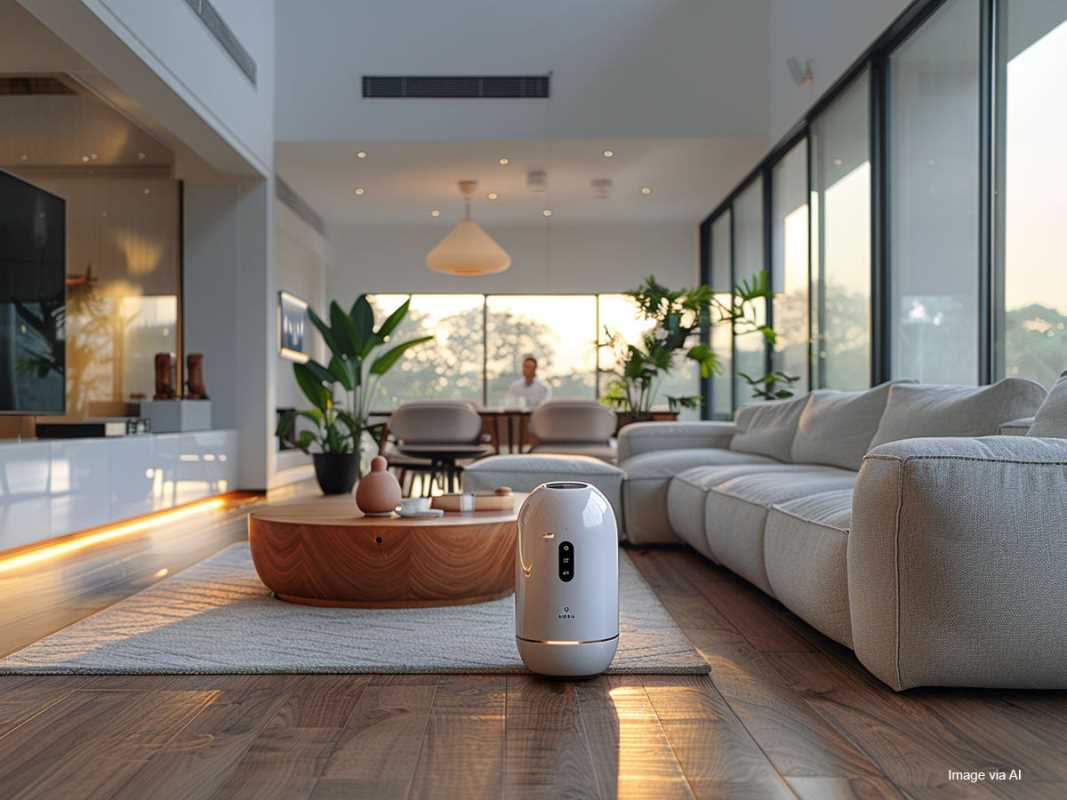Luxury furniture retailers have taken bold steps by integrating digital-first strategies to align with the ever-changing expectations of their sophisticated clientele. They are placing a strong emphasis on digital platforms, offering their customers a smooth and engaging shopping journey. This approach allows them to extend their reach to a worldwide audience while maintaining a competitive edge in a market that is constantly in flux. This transformation is more than a fleeting trend; it's an essential progression that addresses the contemporary consumer's craving for ease, tailored experiences, and immediate access to detailed information.
The Benefits of Going Digital-First
- Expanded Reach: Digital platforms allow luxury furniture brands to transcend geographical limitations, reaching customers worldwide. This global presence opens up new markets and increases potential sales without requiring physical stores in every location.
- Enhanced Customer Experience: Online interfaces offer interactive tools such as virtual showrooms, 360-degree product views, and customization options. These features enable customers to explore products in detail and make informed purchasing decisions from the comfort of their homes.
- Personalized Marketing: Digital methods enable targeted marketing based on customer data and browsing behavior. By analyzing this data, retailers tailor their marketing efforts to individual preferences, increasing engagement and conversion rates.
- Operational Efficiency: Automation and digital inventory management systems streamline operations, reduce manual errors, and improve accuracy. This efficiency leads to faster order processing, better stock management, and reduced operational costs.
- Brand Visibility and Reputation: A strong online presence enhances brand recognition and credibility. Engaging content, customer reviews, and active social media interactions help build a positive brand image and create customer trust.
Challenges in Digital Transformation
Transitioning to a digital-first model presents several challenges for luxury furniture retailers. One significant hurdle involves the substantial initial investment required for advanced technology and digital infrastructure. Implementing robust e-commerce platforms, high-quality website designs, and sophisticated data analytics tools can be costly, particularly for smaller businesses with limited budgets.
Another challenge lies in integrating new digital systems with existing traditional processes. Luxury retailers often pride themselves on exceptional in-store experiences, and replicating this level of service online requires careful planning and execution. Ensuring that digital and physical channels complement each other without causing friction is essential for maintaining customer satisfaction.
There is also the issue of training staff to effectively use new technologies and manage digital platforms. Employees accustomed to traditional sales methods may resist change, making it crucial to provide comprehensive training programs and ongoing support. Overcoming resistance to change and creating a culture that embraces digital innovation are key to a successful transformation.
Success Stories in the Industry
- Restoration Hardware: Successfully merged their e-commerce platform with physical stores, offering customers a cohesive shopping experience. Their online presence complements in-store visits with features like online ordering for in-store pickup and immersive digital catalogs.
- West Elm: Utilizes augmented reality (AR) tools on their website, allowing customers to visualize furniture pieces in their own homes before making a purchase. This technology reduces uncertainty and enhances the decision-making process.
- BoConcept: Implements data-driven marketing approaches to personalize customer interactions. By analyzing customer data, they recommend products that align with individual preferences, increasing sales and customer loyalty.
- Roche Bobois: Developed a robust online presence with interactive catalogs and virtual consultations. Their digital initiatives enable customers to explore product lines and receive personalized design advice remotely, expanding their reach and engagement.
The Role of Data Analytics
Data analytics plays a crucial role in enhancing digital-first approaches for luxury furniture retailers. By harnessing customer data, retailers gain deep insights into buying behaviors, preferences, and emerging trends. This information allows for more informed decision-making regarding product development, inventory management, and marketing methods.
Data analytics enables retailers to personalize the shopping experience. By analyzing customer interactions and purchase history, businesses offer tailored recommendations, personalized promotions, and customized content that resonate with individual customers. This level of personalization not only enhances the customer experience but also drives higher conversion rates and builds long-term loyalty.
Advanced analytics tools also help optimize supply chains and inventory levels. Predictive analytics can forecast demand trends, ensuring that popular items remain well-stocked while minimizing excess inventory. This proactive approach reduces costs and improves overall efficiency, allowing retailers to respond swiftly to market changes.
Future Outlook for Luxury Furniture Retail
- Augmented Reality (AR) Integration: AR technology will become more sophisticated, allowing customers to visualize furniture pieces in their own living spaces with greater accuracy. This immersive experience will reduce return rates and increase customer satisfaction by providing a realistic preview of products.
- Artificial Intelligence (AI) Personalization: AI-driven algorithms will enhance personalization efforts, offering highly tailored product recommendations and dynamic pricing methods based on individual customer profiles and behaviors.
- Sustainable and Ethical Practices: Digital platforms will increasingly showcase sustainable and ethical practices, appealing to environmentally conscious consumers. Transparency in sourcing and manufacturing processes will become a key selling point.
- Omnichannel Shopping Experiences: The integration of online and offline channels will become seamless, allowing customers to switch effortlessly between digital and physical touchpoints. Features like online ordering with in-store pickup and unified loyalty programs will enhance the overall shopping experience.
- Virtual Showrooms and Consultations: Virtual reality (VR) showrooms will provide immersive shopping experiences, while online consultations with design experts will offer personalized advice and support, bridging the gap between digital and in-person interactions.
- Blockchain for Transparency: Blockchain technology will ensure transparency and authenticity in the supply chain. Customers will access detailed information about the origin and craftsmanship of their purchases, building trust and credibility.
- Advanced Logistics and Delivery Solutions: Innovations in logistics, such as drone deliveries and automated warehouses, will improve delivery times and offer more flexible options to customers. Efficient logistics will enhance customer satisfaction and operational efficiency.
The future of luxury furniture retail intertwines with digital innovation. As technology continues to evolve, retailers must stay ahead by adopting and adapting to new digital tools and methods. Embracing these changes will enhance customer experiences and drive business growth and sustainability.
 (Image source: Midjourney)
(Image source: Midjourney) 





